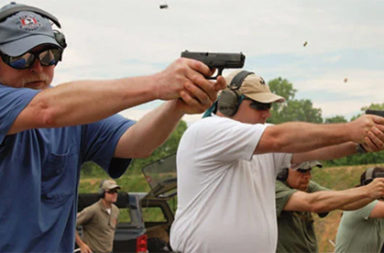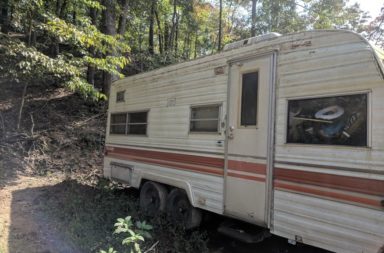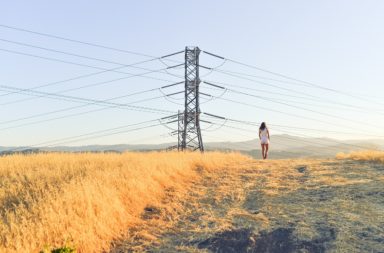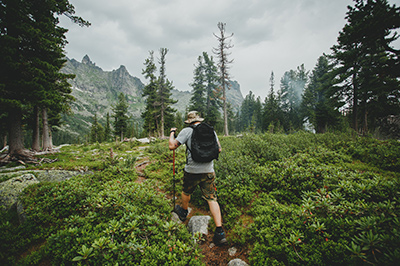
Want to survive with the best of them? Preparation is key!
Don’t ever take the wilderness lightly, whether it be on a hiking or camping trip. It’s vital to always prepare a wilderness survival kit checklist. These items can mean life or death.
Strongly consider always packing the following 10 survival items with you in case you’re ever in a serious survival situation. These are all things you need to survive. They’re not just wilderness tools, they’re survival tools.
Top 10 Emergency Survival Items
( These items are in no specific order of importance).

Emergency blanket
It’s better to opt for a preformed sleeping bag. Space blankets can be uncomfortable at times and what’s the point if you can’t get a good night’s rest? This one of those essential wilderness tools that’ll allow you to sleep just about anywhere. Remember, emergency blankets should be turned inside-out to dry out throughout the day. That’s especially important for continuous use.

Lighter
Lighters are cheap and don’t take up much space at all. This can be used for signaling and to start a fire. Make sure you take at least a couple with you in case you lose one. Also, keep it close to your body so it stays warm.

Knife
For most wilderness experts, this is probably the most important item to bring along. This should be on everyone’s wilderness survival checklist. This is one of those things necessary for survival in any situation out in the wild. Knives have almost an infinite amount of uses. Your chances at survival are ALWAYS increased with a knife. This not only applies in wilderness scenarios but also everyday life. Don’t just buy any knife, get a fixed blade knife. They have more durability than folding knives.
Survival Tip: It’s also really important to keep your knife in tip-top shape. Maintenance is vital to its durability and ability to help you in your survival situation.
Some tips for knife maintenance:
- Always clean your knife. Anytime it gets dirty, clean it immediately.
- Never leave it wet. It might rust.
- Before each camping or hiking adventure, make time to ensure your knife is sharp. Dull knives can be dangerous and can cost you time as things will be more difficult to cut or shape.
- Check to see if your knife blade is loose. This is why we suggest a fixed knife – folding knives can become loose with use, which makes them dangerous and inconvenient to use.
With knives, you can:
- cut rope
- construct weapons/tools
- carve wood (hey, you may get bored out there)
- cutting cloth, bandages
Again, knives are really important, which is why this section is so long.

Reservoir/Hydro Flask
When you’re in an environment with little to no water access, then you need to ensure you have enough water to last you. A water reservoir can hold 3 to 5 liters of water which can go a long way in any survival situation.
A hydro flask is also good to carry with you. This steel bottle can serve as a backup to your reservoir. They’re virtually indestructible. It can also insulate hot liquid for soups or hot drinks.
This is one of those things to survive in any dangerous situation. You need water to survive. Water should always be included in your essentials for survival.

Potable Aqua Iodine Tablets
Even though they taste bad, they can really come through for you in the clutch. They are lighter and far smaller than a filter. This is one of those little items that’s become an essential survival tool. Water is always on your wilderness survival checklist.
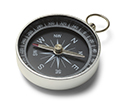
Compass
You can use a compass to maneuver yourself back toward civilization. A compass can lead you to help. It’s even more useful with a map of the area you are in. A map can be saved on your cell phone. Be sure to read up beforehand and how to correctly use your compass and map together. Remember, you may lose access to a phone signal.

Cell Phone
A cell phone works better than a satellite phone. They’re lighter and take up less space. They’re also cheaper! But don’t rely on them to save you – who knows if you’ll be able to catch a signal wherever you are.
Change of clothing/appropriate clothing
Always bring at the minimum a change of clothes. This is key in a survival situation when you’re dealing with a wet or cold environment. Moisture can really take away your body’s natural warmth. This leads to both mental and physical fatigue. Wet socks can lead to blisters, which will impact your ability to do even the most basic tasks. Always take multiple pairs of socks made from durable materials.
Synthetic material is more durable than cotton. Cotton also retains moisture for a longer period of time.
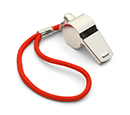
Signaling equipment
It’s vital to take a signal mirror, lighter, and whistle. A mirror can be used as a form of signaling seen from miles around. This is a last means of communication that should be utilized when you have no phone signal or way of contacting civilization.
Whistles are a sound that everyone recognizes. You can use it on highways to grab the attention of drivers, and also in the wilderness in case there are other campers or hunters around. Whistles have other uses as well. They can warn other people in case of danger.
A lighter can be used to light a signal fire. Light green leaves filled with moisture; they’re much smokier. Remember to add these to your signal fire once it’s strong enough. You don’t want to put out your fire with leaves. The lighter can also be used to light fires for warmth and cooking.

Cordage or Rope
Rope can be incredibly helpful when you go camping. Add this to your list of things to survive. Parachute cord tends to work best due to its lightweight and strong material. Parachute cord lengthens when applied with water, this helps in a number of situations.
A rope can help with:
- Building and repairing your shelter
- Fishing line and constructing hunting traps
- Raising food, attaching gear, and hold things in place

First Aid Kit
Always take a first aid kit. This is something better assembled at your home than buying a stock kit. As for things necessary for survival, this is definitely one of them.
I suggest including:
- Aspirin/ibuprofen
- Gauze pads
- Medical/duct tape
- Gauze rolls/Kerlix gauze rolls
Conclusion
Hopefully, these 10 survival items will help you keep alive in your next wilderness adventure! These are all essentials for survival that can be used in a variety of ways. Remember, be creative. These wilderness tools are just that, tools. You can always add more survival tools to your wilderness survival kit checklist. They are things you need to survive but you also have to come equipped with the knowledge to use them to your advantage.
